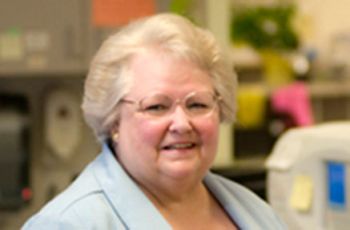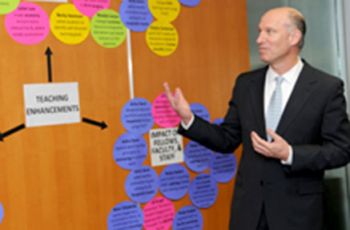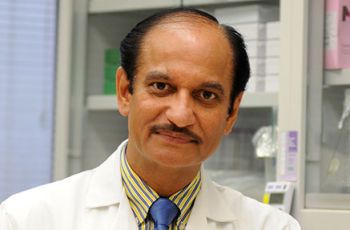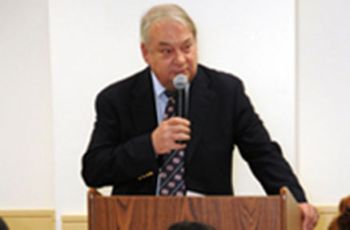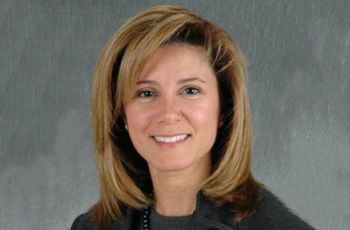Featured News
In the fall of 1981, fresh from the Virginia Commonwealth University where she earned a Master of Science in Medical Technology, Carol Smith joined the faculty of the George Washington University School of Medicine and Health Sciences (SMHS) as the education coordinator of the Clinical Laboratory…
Life-long learning is a commonplace, throwaway line that seems to work its way into nearly every graduation ceremony. Every graduation that is, except for the 10th Cohort of the Master Teacher Leadership Development Program (MTLDP).
Rakesh Kumar, Ph.D., professor and Catharine Birch & William McCormick Endowed Chair of the Department of Biochemistry and Molecular Biology, has been elected as the foreign member of the Advisory Board of the Russian National Research Center’s Institute of Immunology in Moscow. Kumar has also…
During his childhood in Indiana, Ferid Murad had a habit of memorizing license plate numbers. At the restaurant his parents owned, he would keep customers’ orders in his head and tally their bills without pen or paper. He admits these exercises seem “crazy,” but says they helped him a great deal…
In Hippocrates’ ancient Greece, uroscopy, the visual examination of a patient’s urine, was a common diagnostic practice. Dark urine was considered to indicate acute illness and light urine suggested chronic disease. Even until the 1800s, diabetes was diagnosed by tasting urine to determine if it…
After a bagpipe procession set the tone for the George Washington University School of Medicine and Health Sciences (SMHS) M.D. diploma ceremony May 20, Jeffrey Akman, M.D., interim vice president for health affairs and dean of SMHS, warmly welcomed the class of 2012.
On May 18, the GW Doctor of Physical Therapy program held its annual Commencement Awards Ceremony. The event serves as an occasion to recognize the great work of the students, and faculty and their dedication to the Doctor of Physical Therapy Program, to GW, and to the community.
The M.D. Class of 2012 was decked out in formal attire and headed to the Ritz Carlton to attend the 2012 Class Gala, on Friday evening.
Develop the right mentors, continue to learn, and be open and alert. These were words of advice given by Jonathan Himmelfarb, M.D. ’83, professor of Medicine and Joseph W. Eschbach Endowed Chair in Kidney Research at the University of Washington, the Alpha Chapter’s invited 2012 AOA Visiting…
GW Faculty member Esma A. Akin, M.D., and alumnus Roger S. Eng, Jr., M.D. '91, M.P.H. ‘92, have been inducted as Fellows in the American College of Radiology (ACR).
